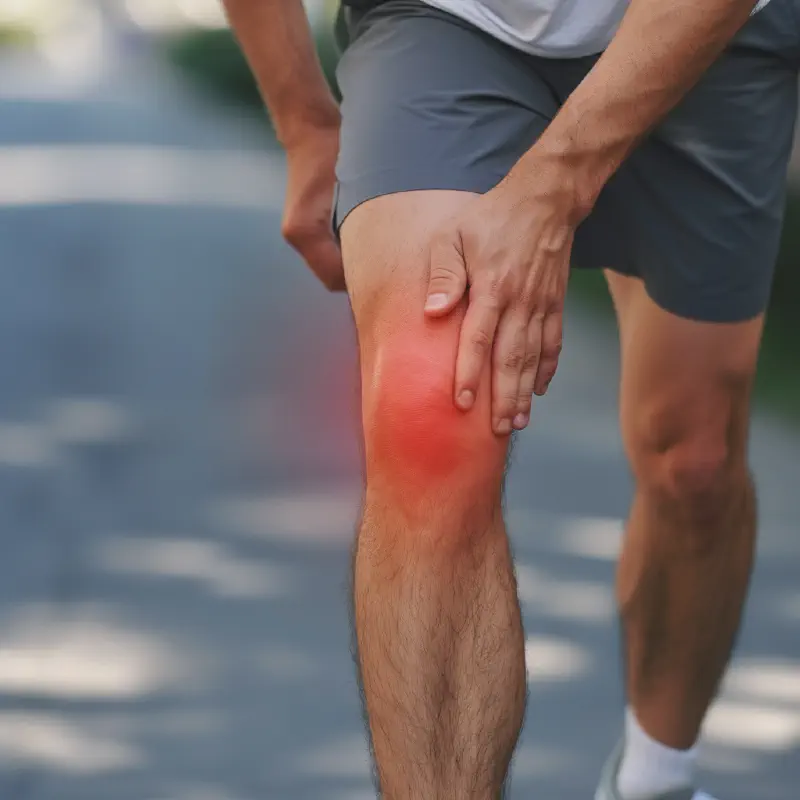1. Introduction
As a new runner, you’re likely eager to increase your mileage and chase new distance goals. However, taking on too much too soon dramatically increases your risk of developing an overuse injury that could sideline your progress. Being aware of the most common running injuries for beginners and taking preventive steps can help you avoid painful setbacks.
2. Plantar Fasciitis
This inflammation of the thick band of tissue connecting the heel to the toes often causes a stabbing pain in the bottom of the foot near the heel. It’s one of the most common injuries for runners excessive pronation or high arches.
3. Shin Splints
Medial tibial stress syndrome refers to pain along the inner edge of the shinbone caused by repetitive trauma from running on hard surfaces. Shin splints can be dull or intense and are a frequent issue for new runners building up mileage.
4. Runner’s Knee
The kneecap (patella) tracking improperly due to muscle imbalances or overuse can lead to knee pain known as runner’s knee or patellofemoral pain syndrome. It often starts as a dull ache but can worsen over time.
5. IT Band Syndrome
The thick band of fascia running from the hip down to the knee is called the iliotibial or IT band. When this rubs against the knee joint, it results in IT band syndrome - a shooting pain on the outside of the knee.
6. Achilles Tendinitis
As the largest tendon connecting the calf muscles to the heel bone, the Achilles tendon can become irritated, swollen, and painful from overuse. This injury tends to worsen more gradually over time before becoming severe.
7. Side Stitches
Though not a true injury, frustrating side stitches or cramping pains in the abdomen commonly plague newer runners at higher intensities. These usually subside by slowing your pace and focusing on breathing.
8. Blisters
Excessive friction from ill-fitting shoes or sweaty conditions leads to painful, fluid-filled blisters on the feet. Blisters can open up the door for infection if they pop.
9. Preventing Injuries
Shoes
Wearing properly fitted running shoes for your foot type and stride pattern is crucial. Replace shoes every 300-500 miles when midsole cushioning breaks down.
Surfaces
Running primarily on softer, level surfaces like treadmills or tracks when starting out can reduce high-impact repetitive trauma on your joints and muscles.
Stretching
Dynamic stretches pre-run, static stretches post-run, and using a foam roller can help improve mobility, flexibility, and recovery to stave off injuries.
Increasing Distance
Never increase your weekly mileage by more than 10% from the previous week to allow your body to properly adapt to new stresses.
10. Summary
While running is a great exercise for physical and mental health, beginner runners are vulnerable to overuse injuries if they progress too aggressively or with poor form. Be patient, listen to your body, invest in proper gear, and follow smart training plans to stay happy and healthy on the roads or trails.
